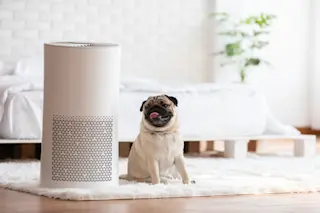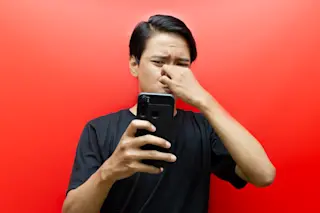The air inside our homes is supposed to be clean and safe. However, allergens, pet dander, tobacco smoke, mold, gasses and other air particles can find their way in and lower the air quality. This especially happens during the winter months when windows aren't open as much and fresh air isn't coming into the home.
According to the American Lung Association, these particles can lead to allergies that cause itchy eyes, nose, and throat and difficulty breathing. In more extreme cases, they can even lead to side effects, including asthma and emphysema.
While most homes and Heating, Ventilation and Air Conditioning (HVAC) systems have air filters that prevent many of these harmful particles, sometimes they aren't quite enough to prevent them from circulating a home. Using an air purifier can help ensure the air in the home stays fresh and clean.
Read more: Do Air Filters in HVAC Systems Offer ...















